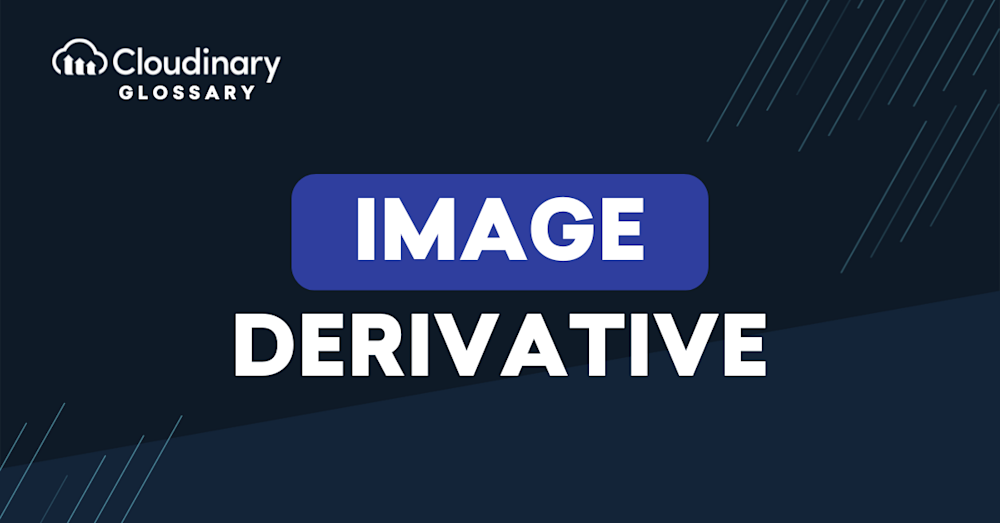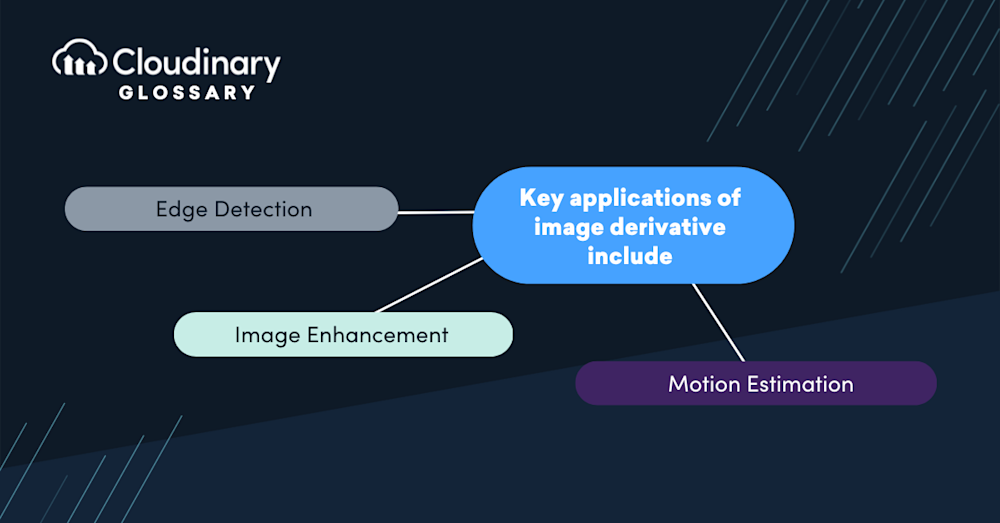What Is Image Derivative?
At its core, an image derivative is a way to measure the rate of change in image intensity values across the spatial domain, providing crucial information about the structure and geometry of the visual content within an image. This measurement is often realized through mathematical operators that calculate gradients or changes in brightness between neighboring pixels, thereby highlighting areas of significant transition – such as edges or textures.
The application of image derivatives extends beyond the mere detection of edges; they play a vital role in the dynamic analysis of images. By quantifying the direction and magnitude of intensity changes, derivatives enable the identification of patterns, shapes, and textures, which are essential for tasks such as object recognition, motion detection, and 3D reconstruction. Additionally, in digital image enhancement and restoration, derivatives can sharpen images, remove noise, and improve the clarity of details.
Image Derivative in Image Processing
Image derivative plays a significant role in various image processing tasks. Some key applications of image derivative include:
- Edge Detection – Image derivatives enable edge detection by highlighting abrupt changes in pixel intensity, indicating the boundaries between different objects or regions in an image. Edges are critical features for object recognition, segmentation, and tracking in many computer vision applications.
- Image Enhancement – Image derivatives can enhance image quality by emphasizing details and textures. The directional information obtained from the derivative can be used to sharpen images, bring out fine details, and improve visual clarity.
- Motion Estimation – Image derivatives contribute to motion estimation in video processing. By calculating derivatives between consecutive frames, the rate of pixel intensity change can be used to estimate motion vectors, which are crucial for video compression, object tracking, and image stabilization.
Why Is Image Derivative Essential?
Image derivatives are essential in digital imaging and computer vision because they serve as the backbone for interpreting and manipulating visual data in meaningful and computationally efficient ways. Their utility lies in the ability to detect and highlight variations in intensity within an image, which indicate edges, contours, and textures. These variations are critical for understanding the geometric and spatial relationships within the visual scene, allowing algorithms to differentiate between distinct objects, features, and regions.
By quantifying these changes, image derivatives facilitate a range of applications, from basic image enhancement techniques that improve visual aesthetics to complex computer vision tasks such as object recognition, scene reconstruction, and autonomous navigation. This makes them indispensable in sectors ranging from medical imaging, where they enhance diagnostic visuals, to autonomous vehicles, where they contribute to environmental perception and decision-making.
Additionally, in the realm of image editing and graphics, the use of image derivatives allows for sophisticated manipulation techniques such as selective blurring, sharpening, and the creation of artistic effects. Thus, image derivatives enhance our ability to interpret and manipulate images and expand the possibilities for innovative applications across a broad spectrum of industries and research fields.
Last Words
Image derivative is a fundamental concept in image processing that plays a crucial role in image analysis, enhancement, and feature extraction. Image derivatives provide valuable information about spatial variations within an image by calculating the rate of change of pixel intensity values. Understanding the importance of image derivatives enables us to harness their power in various applications, including edge detection, image enhancement, motion estimation, and more. By incorporating advanced image processing techniques like image derivative, we can unlock the full potential of image analysis and pave the way for impactful developments in computer vision, artificial intelligence, and other related fields.
With a robust suite of image management and transformation tools, Cloudinary simplifies the complex process of applying image derivatives and other advanced image processing techniques. Whether you’re looking to optimize, transform, or analyze images at scale, Cloudinary provides the platform to do it efficiently and effectively. So why not take this understanding of image derivatives and put it into action? Explore Cloudinary’s capabilities today and unlock the full potential of your images in ways you never thought possible.
Additional Resources You May Find Useful:





